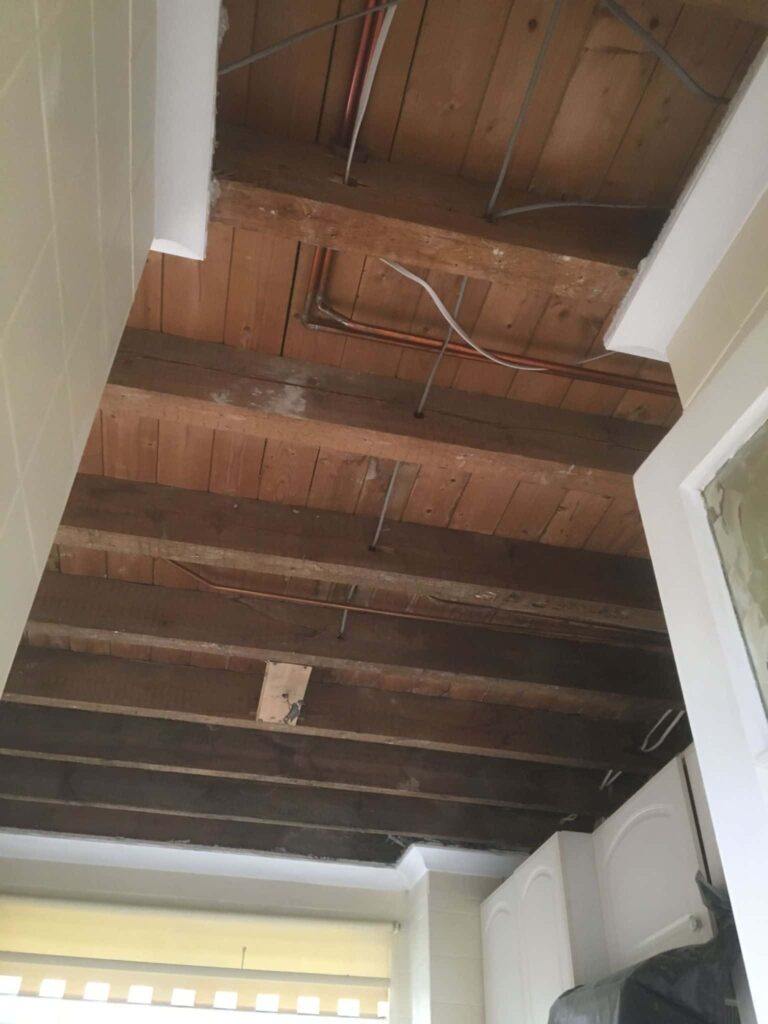5 Reasons Plaster Repairs Should Be Part of Your Home Inspection
Whether you’re preparing to buy, sell, or simply maintain a property, a thorough home inspection is essential. However, one aspect that is often overlooked during these checks is the condition of the internal plasterwork. At Buxton Plastering, we believe plaster repairs should be a standard part of any home inspection, especially for properties in Buxton, Derbyshire where older buildings are common. Here’s why this step is so important and how it can protect the value and structural integrity of your home.
1. Plaster Can Reveal Hidden Structural Issues
Cracks in plaster are often a visible symptom of a deeper problem. While some cracks are purely cosmetic, others can indicate movement in walls, subsidence, or moisture ingress. During a home inspection, identifying and assessing plaster damage can provide clues about the overall condition of the property.
In older homes, separating lath and plaster or bulging surfaces may signal historic water damage or structural stress that needs to be investigated further.
2. Timely Repairs Prevent Costly Damage
Ignoring damaged or crumbling plaster can lead to more extensive problems down the line. Loose plaster can fall, affecting not only the appearance of your walls and ceilings but also damaging skirting boards, floor finishes, or furniture.
By including plaster repairs as part of a home inspection, you can address minor issues before they escalate into larger—and more expensive—renovation projects.
3. Enhances Interior Presentation and Property Value
If you’re selling your home, damaged or dated plasterwork can be off-putting to potential buyers. Uneven surfaces, cracks, or stained patches make a property look neglected, even if it’s structurally sound.
Repairing and re-skimming affected areas creates a smooth, fresh finish that improves the overall presentation of the home. At Buxton Plastering, we often help clients in Buxton revitalise their interiors, making the home more attractive to buyers and potentially boosting its market value.
4. Supports Energy Efficiency and Insulation
Cracked or damaged plaster can compromise a property’s energy efficiency. Gaps and holes in the plaster can allow draughts and reduce the effectiveness of internal insulation. For homes with solid walls, a properly plastered surface acts as an additional thermal barrier.
Including plaster checks in your inspection ensures that any compromised areas are addressed—helping to maintain indoor comfort and reduce energy bills.
5. Protects Against Damp and Mould Growth
When plaster becomes damaged or is left untreated, it can absorb moisture from surrounding materials. This creates the perfect environment for mould and mildew, especially in poorly ventilated areas.
During a home inspection, identifying early signs of plaster deterioration—such as discolouration, flaking, or a musty odour—can prevent more serious damp-related problems. Prompt plaster repairs seal vulnerable areas and reduce the risk of long-term damp issues developing.
Conclusion
Plaster repairs might not be the most obvious item on a home inspection checklist, but they play a crucial role in maintaining the safety, appearance, and value of your property. Whether you’re a buyer, seller, or homeowner committed to preventative maintenance, making plasterwork part of your inspection process is a smart and cost-effective step. For expert plaster repair and maintenance services in Buxton, contact Buxton Plastering today—we’re here to ensure your walls and ceilings remain in top condition.
Call us on: 01298 608 485
Click here to find out more about Buxton Plastering
Click here to complete our contact form and see how we can help with your plastering needs.

